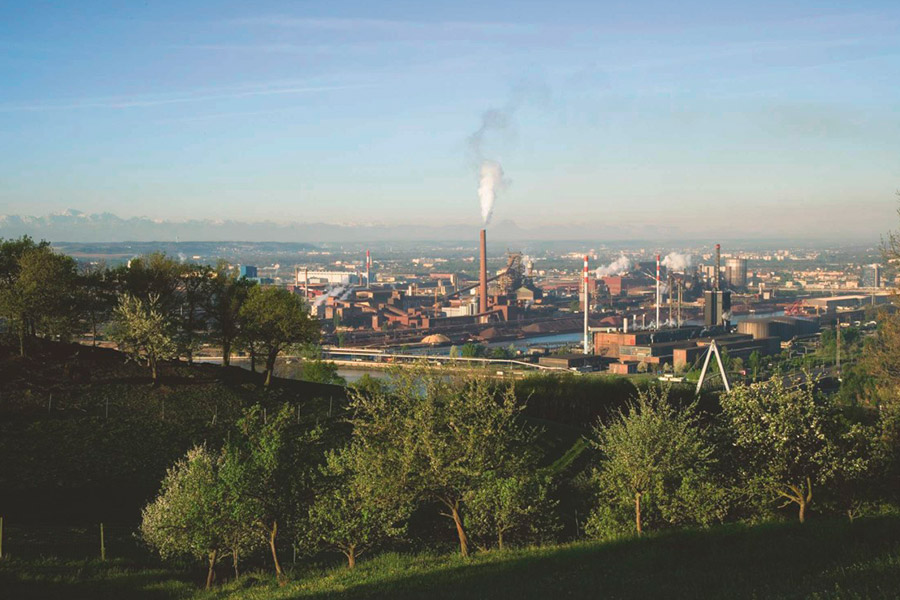Follower: Linz Industrial area
The Austrian industrial area of Linz will focus within CORALIS project on the interaction between Borealis Agrolinz Melamine chemical industry and voestalpine steel industry for the production and exploitation of renewable hydrogen.
Accordingly, technical evaluation of symbiosis options and study of all the managerial, business, and legal issues involved in the symbiotic valorisation of renewable hydrogen will be performed.

Moreover, in order to facilitate the application of the symbiosis case, technical options at different TRL levels like: direct renewable hydrogen exchange from existing 6 MW water electrolysis capacities, methanation of steel gases for natural gas substitute, methanation of SMR off-gases, direct utilisation of coke oven gas in SMR, (reversible) haber bosch synthesis for H2 storage via NH3 and reconversion, and process integration of existing and potential new assets will be evaluated.
Description of the demonstration readiness level towards Industrial Symbiosis (IS)

The initial legal situation for symbiotic valorisation of renewable hydrogen and related national, European policy/regulatory framework will be characterised. Additional targeted outcomes are information on permit requirements and best case b2b contract options.
The companies involved and the stakeholders are fully aware of the potential benefits of industrial symbiosis and are capable of collaborating in this framework (HSE/CSR impact). Cross-company and RTD expert task forces will elaborate the symbiotic options to in cooperate all stakeholders.
The different technical options of the symbiosis will be evaluated by technical process studies and cost-benefit analysis to yield general economic data (payback, ROI, etc.) and completed with information on available co-financing at national/regional/local level.
Renewable hydrogen imposes the possibility of long-term energy storage, the hybridization of the energy system leading to a higher flexibility and the reduction of greenhouse gas emissions when renewable electricity is applied.

Targets of the follower and main challenges to be overcome
The main objective of this follower use case is the identification of technically applicable and economically favourable valorisation options of renewable hydrogen for the Linz case for follow up realisation in high TRL.
In line with this development, Linz industrial area expects to increase the security of supply for renewable energy provision (predominantly H2) for the on-site productions, minimize cost structures for renewable energy supply and storage (system integration studies or ammonia based hydrogen route in chemicals and iron&steel production), and maximize primary energy efficiency and GHG savings via symbiotic valorisation of renewable hydrogen.
Main identified challenges include:


